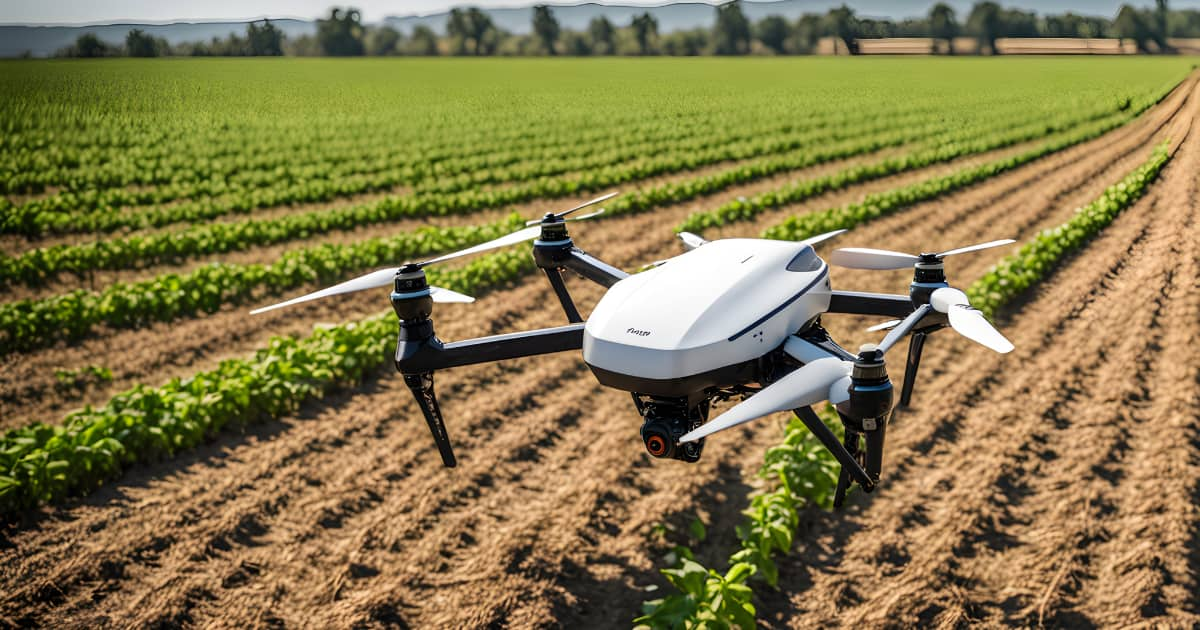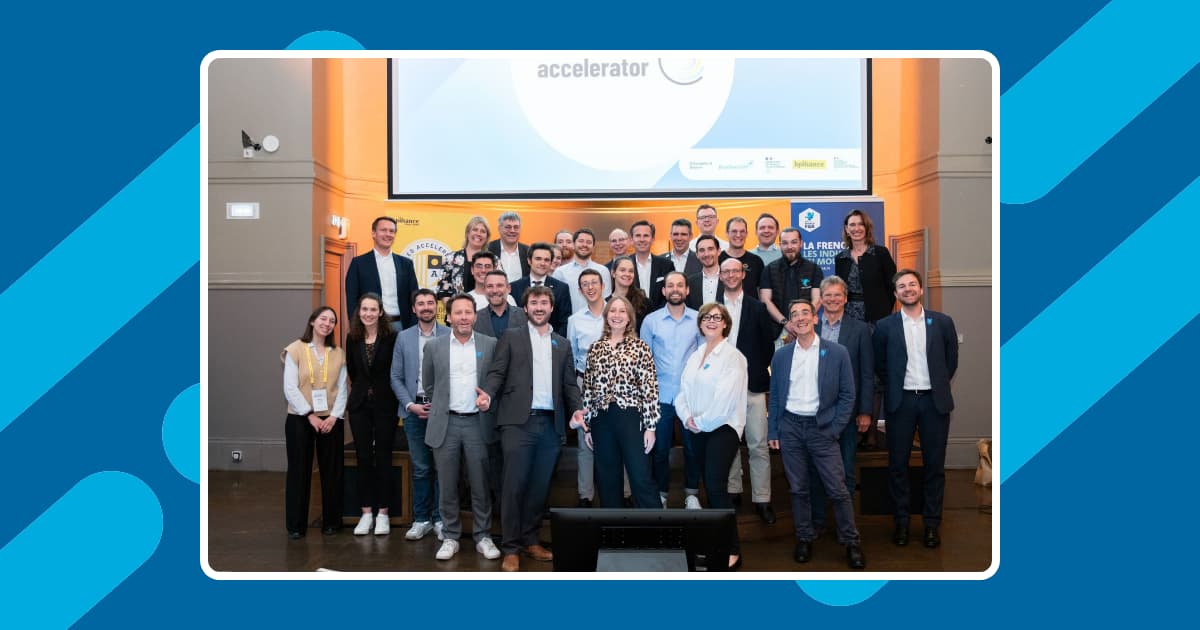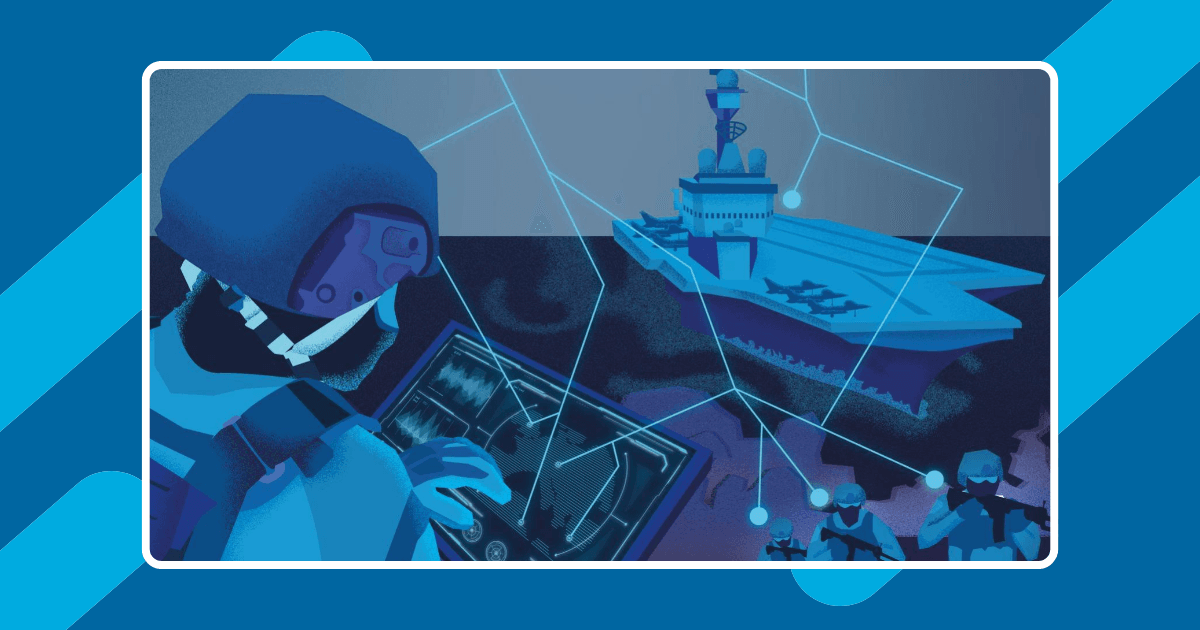In the vast, sun-drenched fields of modern agriculture, a quiet revolution is unfolding—one that hinges on the marriage of artificial intelligence (AI) and precision farming. Artificial intelligence is transforming agriculture, helping farmers work with unprecedented precision. From self-guided tractors that target weeds to satellites that predict yields, AI is becoming an indispensable partner in feeding our planet.
These technologies must navigate agriculture’s complexities – adapting to unpredictable weather, varying soil conditions, and the practical realities of farm life. The most effective solutions blend cutting-edge algorithms with farmers’ wisdom, delivering insights that are as practical as they are innovative.
Precision farming is not just about increasing crop yields or optimizing resource use; it is about redefining the relationship between humans, machines, and the environment. And for this relationship to thrive, the AI driving it must be as reliable as the soil itself.
From self-driving tractors to AI-powered crop insights, we explore how precision farming is revolutionizing agriculture—the real-world use cases, measurable benefits, and critical challenges shaping the future of food production.
The Promise of Precision Farming
Precision farming leverages AI, IoT, and data analytics to enable farmers to make hyper-localized decisions about their crops. From soil health monitoring to predictive pest control, AI systems analyze vast amounts of data—satellite imagery, weather patterns, soil moisture levels, and even plant genetics—to provide actionable insights. The result? Farmers can optimize irrigation, reduce fertilizer use, and predict crop yields with unprecedented accuracy. The potential is staggering: studies suggest precision farming could increase global agricultural productivity by up to 70% by 20501, a critical milestone for feeding a growing population.
However, the efficacy of precision farming is contingent upon the reliability of its underlying AI systems. Whereas in other applications AI inaccuracies may yield negligible consequences, in agricultural contexts, algorithmic flaws can precipitate significant crop losses, inefficient resource allocation, and substantial economic repercussions for farming operations. These operational imperatives necessitate AI solutions characterized by exceptional robustness and transparent decision-making processes.
Expanding Use Cases: Where AI Meets the Soil
From autonomous tractors to predictive analytics, AI is revolutionizing agriculture by turning data into actionable insights. These real-world applications demonstrate how intelligent systems are optimizing yields, reducing waste, and shaping the future of sustainable farming.
Soil Health Monitoring and Management
Soil is the foundation of agriculture, yet its variability is often overlooked. AI-powered sensors and drones can analyze soil composition, moisture levels, and nutrient content in real time. For instance, machine learning models trained on spectral data from hyperspectral cameras can detect nitrogen deficiencies or pH imbalances2.
In India, Microsoft’s AI for Earth initiative partnered with local organizations to deploy AI-powered soil health monitoring systems. By analyzing soil data and providing personalized recommendations, farmers in Andhra Pradesh achieved an increase in yields. The AI system had to be robust enough to handle India’s diverse agro-climatic zones and explainable to farmers with limited technical knowledge3.
Models must account for regional variations in soil types and seasonal changes. A model trained on loamy soil in the Midwest may fail in the clay-heavy soils of Southeast Asia unless it incorporates transfer learning or domain adaptation techniques.
Predictive Pest and Disease Control
Pests and diseases are a serious threat for crops, however AI can predict outbreaks before they occur4. By analyzing historical data, weather patterns, and satellite imagery, AI systems can identify conditions conducive to pest infestations or fungal growth.
The Climate Corporation’s FieldView platform uses AI to predict pest outbreaks and recommend targeted interventions. In Brazil, soybean farmers using FieldView reported yield increases by optimizing pest control strategies5.
Models must be robust against false positives caused by environmental factors like dust or shadows. Farmers need to know why the AI is flagging a specific area so they can take targeted action.
Precision Irrigation and Water Management
Water scarcity is a growing concern. AI can optimize irrigation to reduce waste. Reinforcement learning algorithms can dynamically adjust irrigation schedules based on real-time data from soil moisture sensors, weather forecasts, and evapotranspiration rates6.
In Spain, tomato growers using Prospera’s AI-driven greenhouse monitoring system reduced water usage by 20% while increasing yield by 10%. The system analyzes data from cameras and sensors to optimize irrigation in real time7.
These systems must handle noisy sensor data and adapt to sudden changes, such as unexpected rainfall.
Yield Prediction and Crop Planning
Predicting crop yields is a complex task that involves analyzing factors like weather, soil health, and planting density. AI models, such as gradient boosting machines (GBMs) or recurrent neural networks (RNNs), can process this data to provide accurate yield forecasts8.
Models must be robust to outliers, such as extreme weather events, and explainable enough to help farmers make informed decisions about crop rotation or market planning.
IBM’s Watson Decision Platform for Agriculture uses AI and weather data to help farmers optimize planting schedules9.
Autonomous Farming Equipment
Autonomous tractors and harvesters are becoming a reality, powered by AI systems that navigate fields, avoid obstacles, and perform tasks with precision. These systems rely on computer vision, LiDAR, and reinforcement learning10.
FarmWise, a California-based startup, developed autonomous robots that use AI to identify and remove weeds in vegetable fields. In trials with lettuce and broccoli farms, the robots reduced herbicide use and labor costs. The grower also reported its per-acre weeding costs dropped 38% in romaine and 15% in broccoli11.
A malfunctioning autonomous harvester could destroy an entire crop. Ensuring that operators can understand and override AI decisions when necessary is essential.
Weed Detection and Precision Spraying
AI-powered systems can distinguish between crops and weeds, enabling precise herbicide application and reducing chemical usage.
John Deere’s See & Spray technology, for example, uses computer vision and machine learning to spray herbicides only on weeds, reducing chemical usage. The system’s success depends on the robustness of its computer vision algorithms, which must perform accurately under varying lighting conditions and crop stages12.
LaserWeeder from Carbon robotics, however, combines computer vision, AI deep learning technology, robotics, and lasers to identify crops versus weeds – and shoots the weeds with lasers13.
Models must generalize across different weed species and crop types, requiring diverse training datasets and robust generalization techniques.
Going forward, we could talk about getting rid of arduousness in these types of work and face the labor shortage issue while looking over to an evolution in skills development for the working force.
Technical Considerations
Data Quality and Diversity
AI models in precision farming rely on vast amounts of data, but this data is often noisy, incomplete, or biased. For example, satellite imagery may be obscured by clouds, or soil sensors may malfunction. AI systems must incorporate data cleaning, imputation, and augmentation techniques to handle these challenges. Additionally, models must be trained on diverse datasets that capture the variability of real-world farming conditions.
Edge Computing and Real-Time Processing
Many precision farming applications require real-time decision-making, such as adjusting irrigation or detecting pests. This necessitates edge computing, where AI models run on local devices rather than in the cloud. For instance, an autonomous sprayer must identify weeds and trigger nozzles within milliseconds as it moves through the field—a latency impossible with cloud-dependent systems14. However, edge devices have limited computational resources, so models must be optimized for efficiency without sacrificing accuracy. This optimization is particularly crucial when processing high-resolution field imagery or continuous sensor streams from IoT devices. Techniques like model pruning, quantization, and knowledge distillation can help achieve this balance.
Transfer Learning and Domain Adaptation
Farming conditions vary widely across regions, and AI models trained in one location may not perform well in another. Transfer learning and domain adaptation techniques can help models generalize across different environments. For example, a model trained on wheat fields in the U.S. can be fine-tuned for rice paddies in India using a smaller, region-specific dataset.
Uncertainty Quantification
Agriculture is inherently uncertain, and AI systems must account for this. Bayesian neural networks or Monte Carlo dropout can provide uncertainty estimates for predictions, helping farmers understand the confidence level of AI recommendations. This is especially important for high-stakes decisions, such as applying expensive fertilizers or pesticides.
Human-AI Collaboration
Precision farming systems are designed as collaborative tools that augment farmer expertise rather than replace human judgment. Effective implementations incorporate human-in-the-loop (HITL) architectures, maintaining farmer control through interfaces for feedback and decision override capabilities. To ensure practical usability, explainable AI techniques like SHAP (SHapley Additive exPlanations) and LIME (Local Interpretable Model-agnostic Explanations) translate model outputs into actionable insights aligned with agricultural decision-making processes15.
The Stakes: Feeding the Future
The stakes for evolution could not be higher. By 2050, the global population is expected to reach nearly 10 billion, and agricultural systems will need to produce 50% more food to meet demand16. At the same time, climate change is making traditional farming practices increasingly untenable. Precision farming, powered by robust and explainable AI, offers a way forward—but only if the technology lives up to its promise.
Precision farming is not just about increasing productivity; it’s about creating a sustainable future. By optimizing resource use, reducing waste, and mitigating environmental impact, AI can help agriculture become more resilient in the face of climate change. But this vision can only be realized if AI systems are robust, performative, and explainable.
Precision farming represents both a challenge and an opportunity. It challenges companies developing AI to push the boundaries of what the algorithms can do, to build systems that can handle the complexity and unpredictability of the real world as it offers an opportunity to make a tangible, positive impact on humanity’s most pressing problems. Now that we have reached a high performing level, we have to look into the issues left and make sure that the models are robust enough to be transferred as smaller models for convenience, to be embedded successfully in drones, robots, trucks.
Conclusion
Precision farming represents a significant advancement in agricultural technology, offering solutions to improve productivity while addressing environmental challenges. Its effectiveness relies fundamentally on well-designed AI systems that combine performance with reliability and transparency. For developers and agricultural technologists, this presents both a technical challenge and an opportunity to create meaningful impact.
The ongoing development of these systems requires continued focus on real-world applicability, ensuring AI tools meet the practical needs of modern agriculture. As the technology evolves, maintaining this balance between innovation and reliability will remain key to its successful adoption across global farming operations.
- Digital agriculture: enough to feed a rapidly growing world? | EY – Switzerland ↩︎
- Hyperspectral Imaging for Phenotyping Plant Drought Stress and Nitrogen Interactions Using Multivariate Modeling and Machine Learning Techniques in Wheat ↩︎
- How Microsoft AI is helping Indian farmers increase crop yield | Company News – Business Standard ↩︎
- Unravelling the use of artificial intelligence in management of insect pests – ScienceDirect. ↩︎
- AgroPages-The Climate Corporation launches Climate FieldView platform in Brazil-Agricultural news ↩︎
- Real‐Time Irrigation Scheduling Based on Weather Forecasts, Field Observations, and Human‐Machine Interactions ↩︎
- Valley Irrigation ↩︎
- Crop yield prediction in agriculture: A comprehensive review of machine learning and deep learning approaches, with insights for future research and sustainability – ScienceDirect ↩︎
- AI and the future of agriculture | IBM ↩︎
- Vision-based autonomous navigation stack for tractors operating in peach orchards – ScienceDirect ↩︎
- AI-powered FarmWise prepares for next chapter in ag robotics – The Packer – Fruit and Vegetable Industry’s Leading News Source ↩︎
- Smart spraying technologies for precision weed management: A review – ScienceDirect ↩︎
- Carbon Robotics ↩︎
- Weed Warriors: Using AI for Weed Detection and Control | Keymakr ↩︎
- A novel application with explainable machine learning (SHAP and LIME) to predict soil N, P, and K nutrient content in cabbage cultivation – ScienceDirect ↩︎
- Rethinking Global Food Demand for 2050 ↩︎







